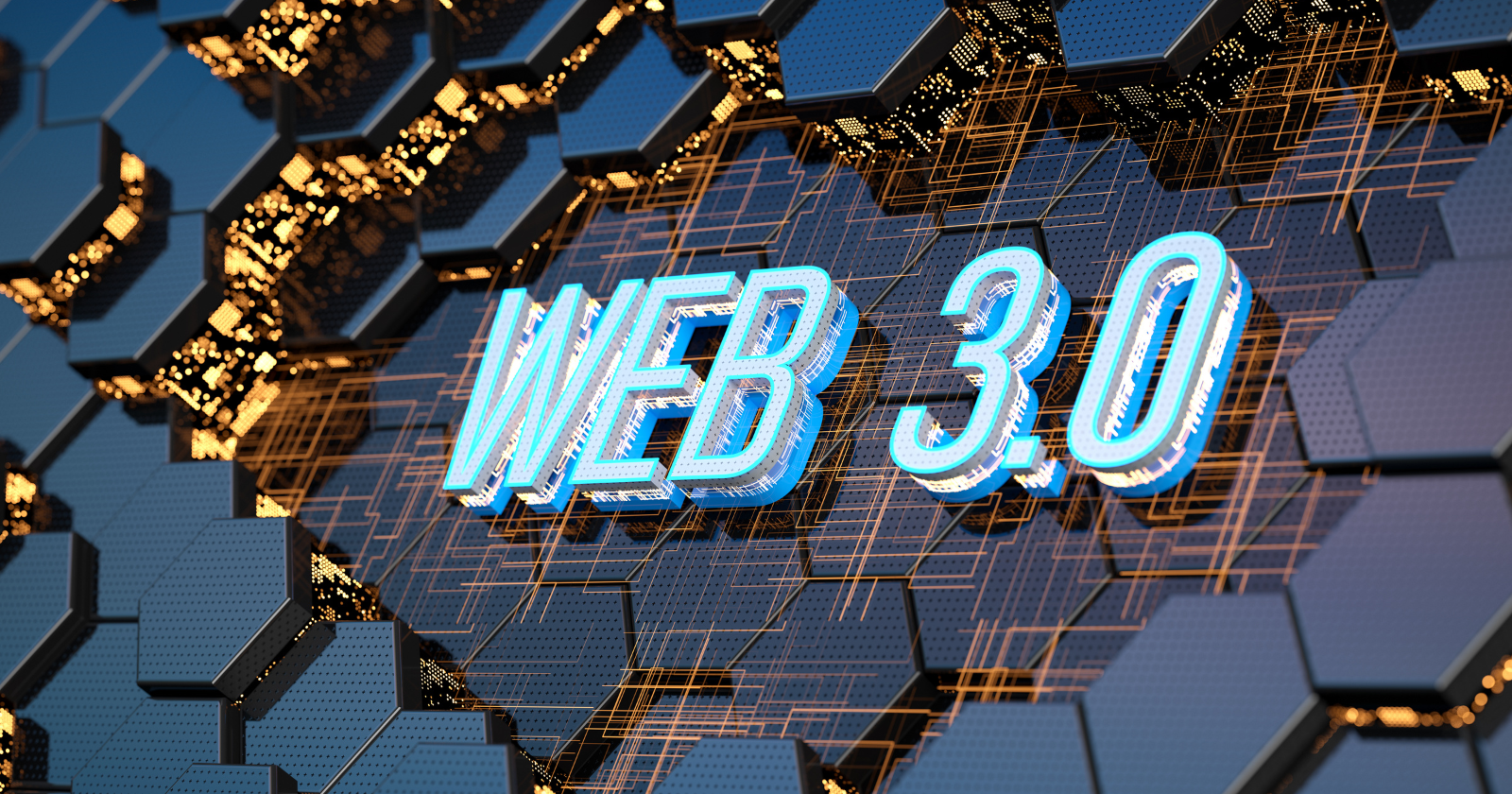From Beginner to Pro: Learn How to Code Web3 Protocols Like a Boss
 Jozam Chahenza
Jozam Chahenza
Web3 protocols are transforming technology and business by enabling decentralized applications (dApps) powered by blockchains and smart contracts.
As Web3 adoption grows exponentially across industries like finance, supply chain, and healthcare, the demand for skilled Web3 developers is skyrocketing. In this guide, I will provide beginner-friendly steps to coding popular Web3 protocols like a pro.
We’ll start from the basics by understanding key concepts of blockchain and decentralization. Then, we’ll explore tools and languages used for Web3 development.
The highlight will be a hands-on smart contract build walkthrough to give you a taste of real-world Web3 coding.
By the end, you’ll have the confidence to start building your own dApps on top of innovative Web3 protocols.
Understanding the Fundamentals
Before we start coding, let’s understand what Web3 protocols are and what makes them unique:
Blockchain: An immutable distributed ledger technology that records transactions and data in packages called blocks. The key properties that enable decentralization are transparency, security, and data integrity.
Smart Contracts: Self-executing programs stored on a blockchain that run when predetermined conditions are met. They enable complex logic and apps to run in a decentralized manner.
Decentralized Applications (dApps): Applications built on smart contract blockchains that inherit the core properties of decentralization and security. These include finance apps like lending platforms, decentralized exchanges, insurance apps as well as gaming apps and NFT marketplaces.
There are many types of Web3 protocols powering various dApps - from smart contract platforms like Ethereum and Solana that focus on programmability to storage protocols like Filecoin and IPFS for decentralized file storage and data availability.
Getting Started with Web3 Development
Now that you understand the foundation of Web3 protocols let’s set up the tools for building dApps:
Choosing the Right Tools
Programming Languages: Solidity for Ethereum dApps. Rust for Solana and Polkadot. There are also emerging languages like Cairo and Clarity.
Libraries & Frameworks: Web3.js, Ethers.js for Ethereum frontends and Anchor for Solana development.
Tools: Remix IDE as an online editor. Hardhat and Truffle for testing and deployment. MetaMask browser extension wallet.
Setting up the Development Environment
Guide to Installing the Tools
Here are step-by-step instructions to install the tools:
# Step 1: Install Node.js runtime and package manager like npm/yarn
# For Node.js and npm
sudo apt install nodejs
sudo apt install npm
# Or for Node.js and yarn
npm install -g yarn
# Step 2: Set up a code editor like VSCode
# Download and install VSCode from https://code.visualstudio.com/
# Step 3: Install dependencies and libraries like web3.js
# Create a new directory for your project
mkdir my-web3-project
cd my-web3-project
# Initialize a new Node.js project
npm init -y
# Install web3.js
npm install web3
# Step 4: Connect to a test blockchain like Ganache and create development accounts
# Download and install Ganache from https://www.trufflesuite.com/ganache
# Run Ganache and create a new workspace for development
Setting up the development environment is like preparing a toolbox with all the necessary equipment before starting a construction project. Just like gathering the right tools, installing Node.js and npm (or yarn) equips your system with essential resources. VSCode serves as your workspace where you'll write code, while installing web3.js is like acquiring specialized tools for interacting with blockchain networks. Finally, connecting to Ganache provides you with a simulated blockchain environment to test your dApps.
Now that your environment is ready, let’s code smart contracts!
What are Smart Contracts?
Programmable contracts living on-chain that execute based on predefined terms and conditions. They encode complex business logic and allow digital assets like NFTs to plug in.
Building a Simple Smart Contract (ERC-20 Token)
// MyToken.sol
pragma solidity ^0.8.0;
import "@openzeppelin/contracts/token/ERC20/ERC20.sol";
contract MyToken is ERC20 {
constructor(uint256 initialSupply) ERC20("MyToken", "MTK") {
_mint(msg.sender, initialSupply);
}
}
In the Solidity code snippet, we define a simple ERC-20 token contract named MyToken. It inherits from the OpenZeppelin ERC20 contract, allowing us to create our token with standard functionalities. The constructor initializes the token with a specified initialSupply, minting tokens to the deployer's address.
# Step 1: Compile the smart contract
npx hardhat compile
# Step 2: Deploy the smart contract locally using Remix and MetaMask
# Use Remix IDE to compile and deploy the contract
# Connect Remix to your local Ganache network
# Use MetaMask to interact with the deployed contract
Compiling and deploying the smart contract is like manufacturing and deploying a vending machine. Once the machine is built (compiled), it needs to be placed in a suitable location (deployed) where users can interact with it using MetaMask as their means of access
Conclusion
I hope this beginner crash course helped you understand the immense potential of Web3 protocols and inspired you to become a Web3 builder! With the right guidance and hands-on practice, anyone can master building innovative dApps.
Stay tuned for more deep dives into trending topics like NFTs and Metaverse. The possibilities with Web3 are truly endless, now go unleash your creativity!
Subscribe to my newsletter
Read articles from Jozam Chahenza directly inside your inbox. Subscribe to the newsletter, and don't miss out.
Written by
